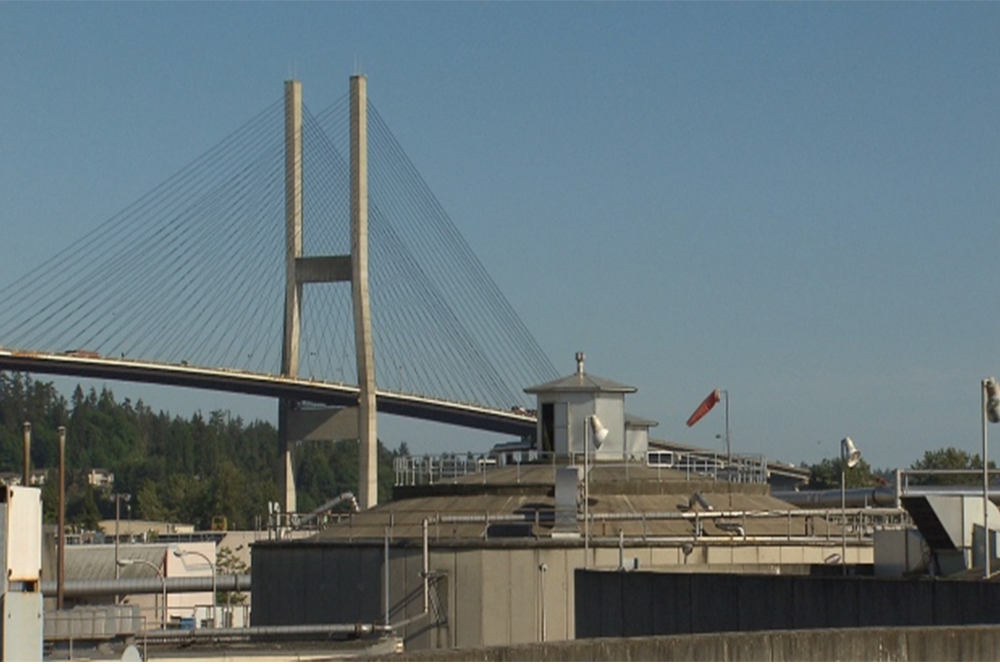Living near a wastewater treatment plant can be stinky.
Now though, a research team at UBC Okanagan's School of Engineering has found that simply adding a common chemical before wastewater treatment can wipe out common toxic gases and make production safer.
It could also open the door for more municipalities to adopt efficient treatment technologies.
"People tend to be more concerned about odours in sewers going to a wastewater treatment plant and odours once the material is digested in the water," Timothy Abbott, a PhD student and co-author of the study, told host Saran Penton on CBC's Radio West.
"But the production of these gases during digestion haven't really been studied very much."
Why so smelly?
Many facilities employ anaerobic digestion, in which microorganisms ferment organic waste. It helps recover energy and nutrients such as nitrogen and phosphorus.
The process tends to be more efficient than burning waste and shipping it to landfills, Abbott said.
The problem? It reeks. The fermenting sludge releases foul gases like hydrogen sulfide and ammonia.
That's a big drawback for smaller municipalities, where houses can neighbour treatment plants. Using technologies to reduce the fumes can also be too costly.
Metal salts
Now Abbott's study, published in Science of the Total Environment, found that applying common chemicals called metal salts before treatment can cut down the production of smelly gases by up to 93 per cent.
Sodium chloride (common or table salt), copper sulfate, calcium carbonate (chalk or limestone), magnesium sulfate (Epsom salt) and zinc nitrate are all examples of metal salts.
"It reduces the number of pathogens that are left over in the digested material," Abbott said.
"It also makes it easier to get the water out at the end of this process, which will save wastewater treatment plants a considerable amount of money."
A medium-sized facility like Kelowna's would only need to spend $10,000 annually on the chemicals, Abbott said.
"Hopefully cities will look at this and see the economics of running a digest to recover your energy and nutrients is a little bit more viable."

